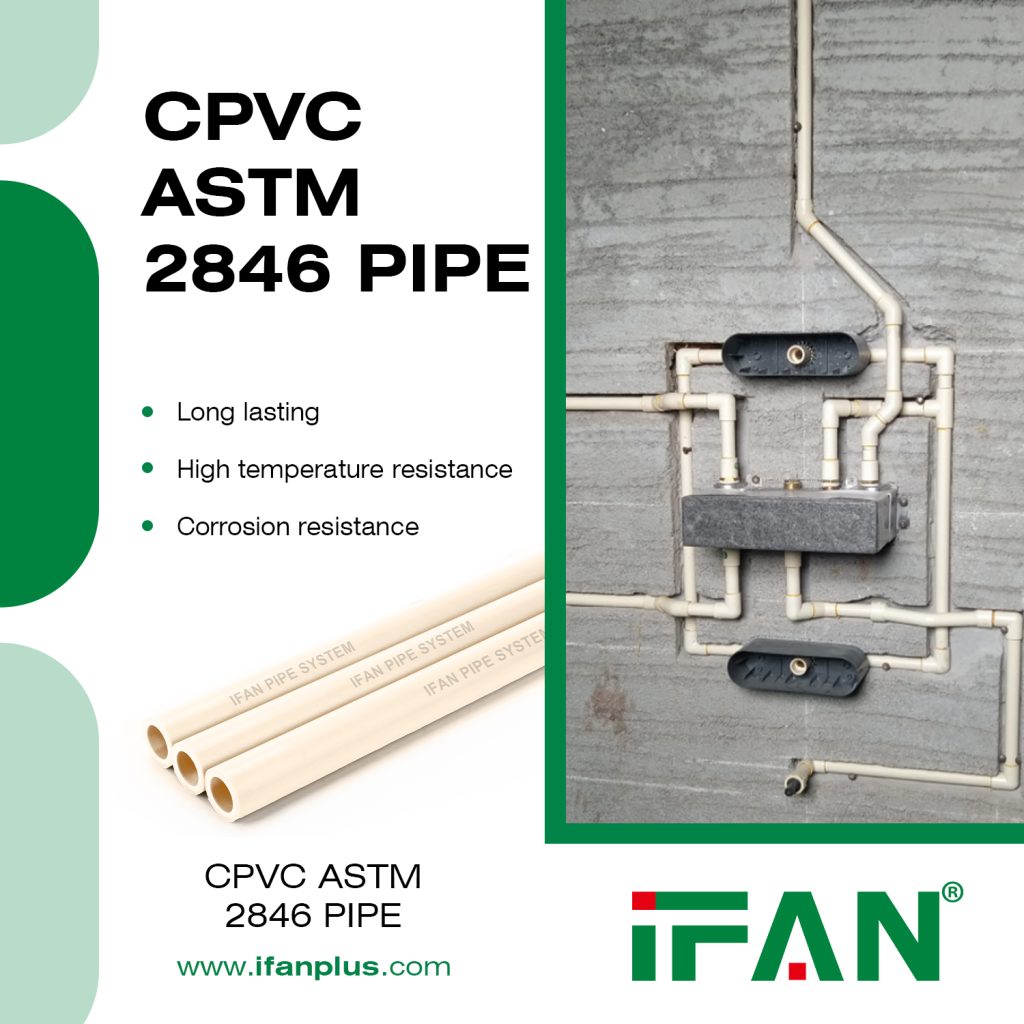If you’re planning on installing PVC pipe, there are a few things you’ll need to know first. PVC pipe is a popular choice for plumbing and irrigation systems, as it is lightweight, durable, and easy to work with. Here’s a step-by-step guide to help you through the “How to Install PVC Pipe”:
Step 1: Choose the Right PVC Pipe
How to Install PVC Pipe?Before you begin, you’ll need to decide on the right PVC pipe for your project. PVC is available in different sizes and thicknesses, so be sure to choose the correct one for your needs. You’ll also want to consider the pipe’s pressure rating and temperature range.
Step 2: Prepare the Area
Next, you’ll want to prepare the area where you’ll be installing the PVC pipe. This may involve digging a trench or creating a clear path for the pipe to run through. Be sure to remove any obstructions or debris that may get in the way.
Step 3: Cut the PVC Pipe
Using a PVC cutter, cut the pipe to the desired length. Make sure to cut the pipe as straight as possible to ensure a tight fit when connecting it to other pieces.
Step 4: Clean the Pipe and Fittings
Before you can connect the PVC pipe and fittings, you’ll need to clean them thoroughly. Use a PVC pipe cleaner to remove any dirt or debris from the ends of the pipe and fittings.
Step 5: Apply Primer and Glue
Once the pipe and fittings are clean, it’s time to apply primer and glue. The primer will help the glue create a tight, secure bond. Make sure to apply the primer and glue according to the manufacturer’s instructions
Step 6: Connect the Pipe and Fittings
With the glue still wet, connect the pipe and fittings. Make sure the pieces are aligned correctly and push them together firmly. Hold the pieces in place for a few seconds to ensure a solid bond.
Step 7: Test the System
After connecting the PVC pipe and fittings, turn on the water or air supply to test the system. Look for any leaks or problems, and make any necessary adjustments.
Step 8: Cover the Pipe
Finally, cover the PVC pipe with soil or an appropriate cover to protect it from damage and ensure it remains in place.
With these steps in mind, you should be able to install PVC pipe with confidence. Whether you’re working on a small DIY project or a larger professional installation, PVC pipe offers a reliable, cost-effective solution for your needs.
View more:https://www.ifanfittings.com/


